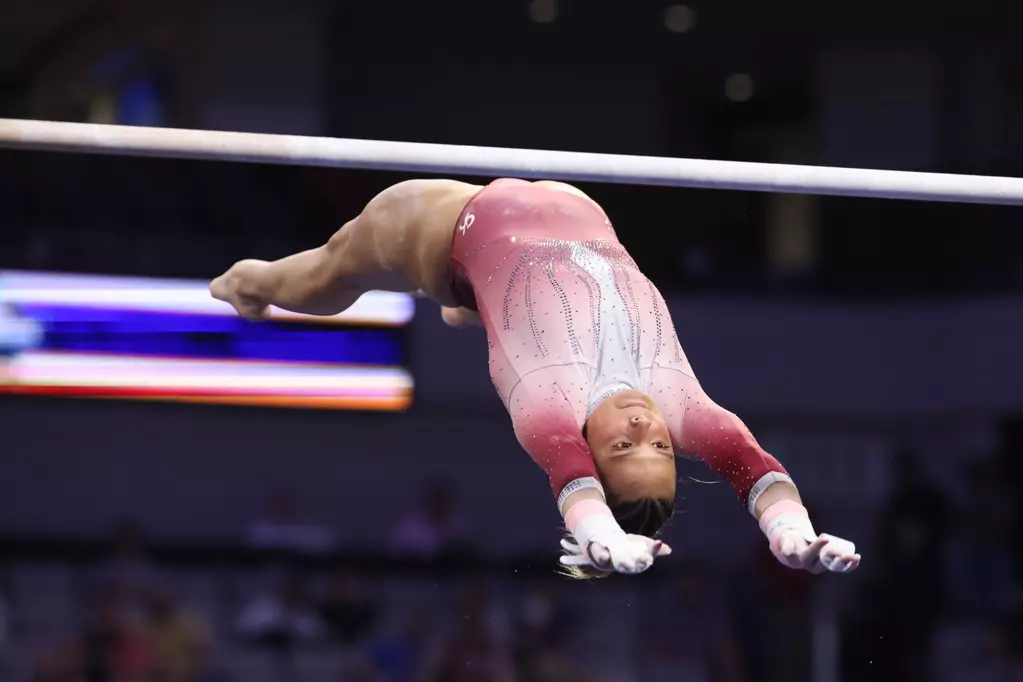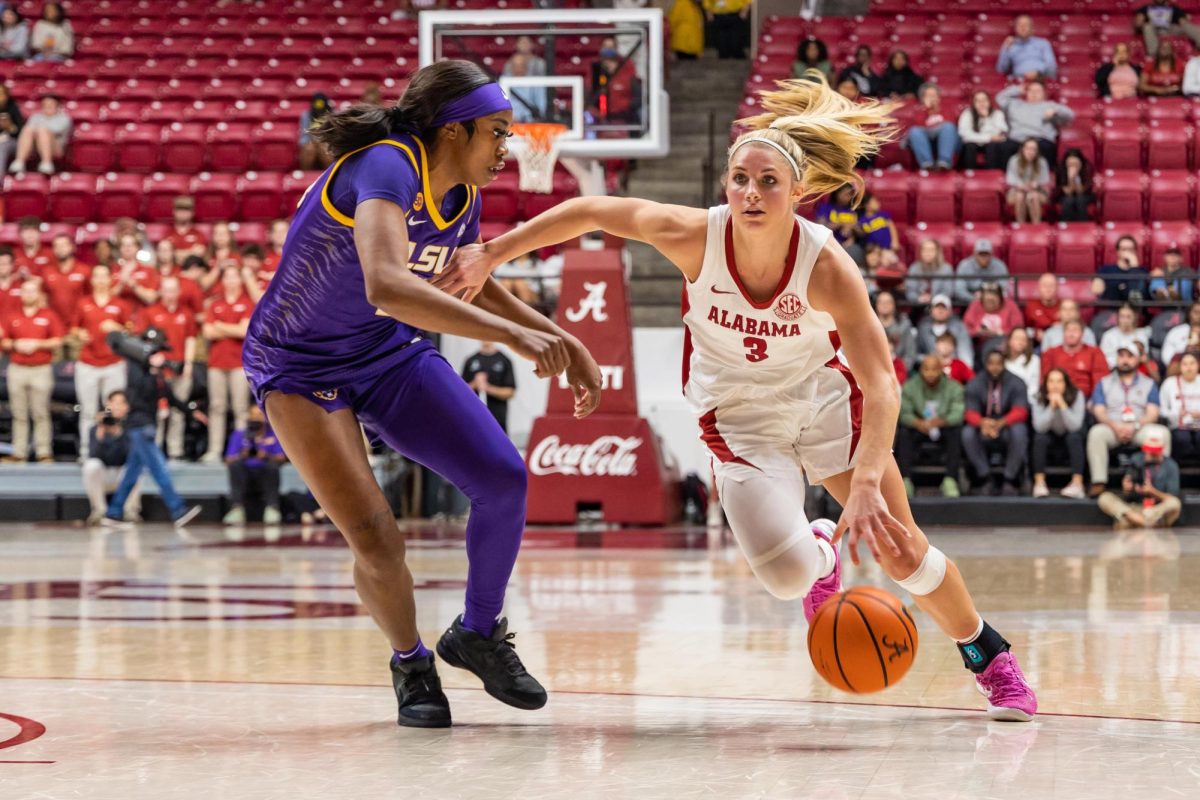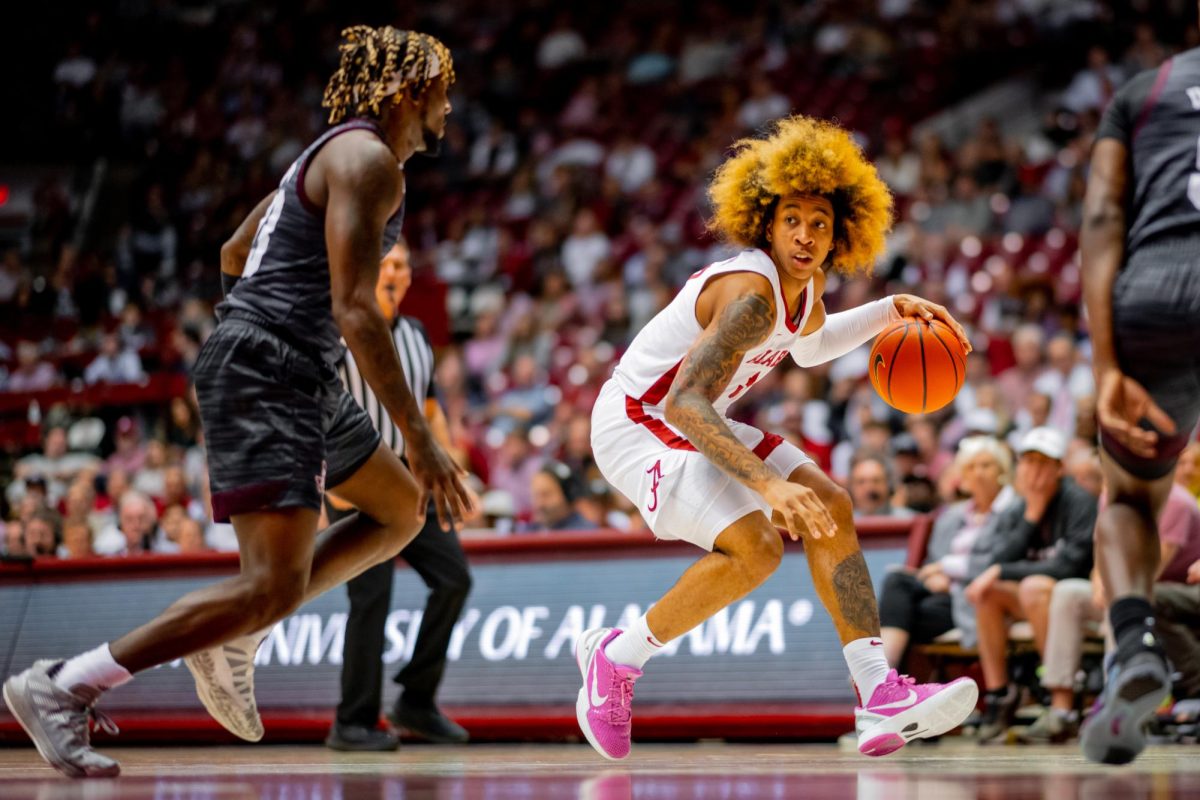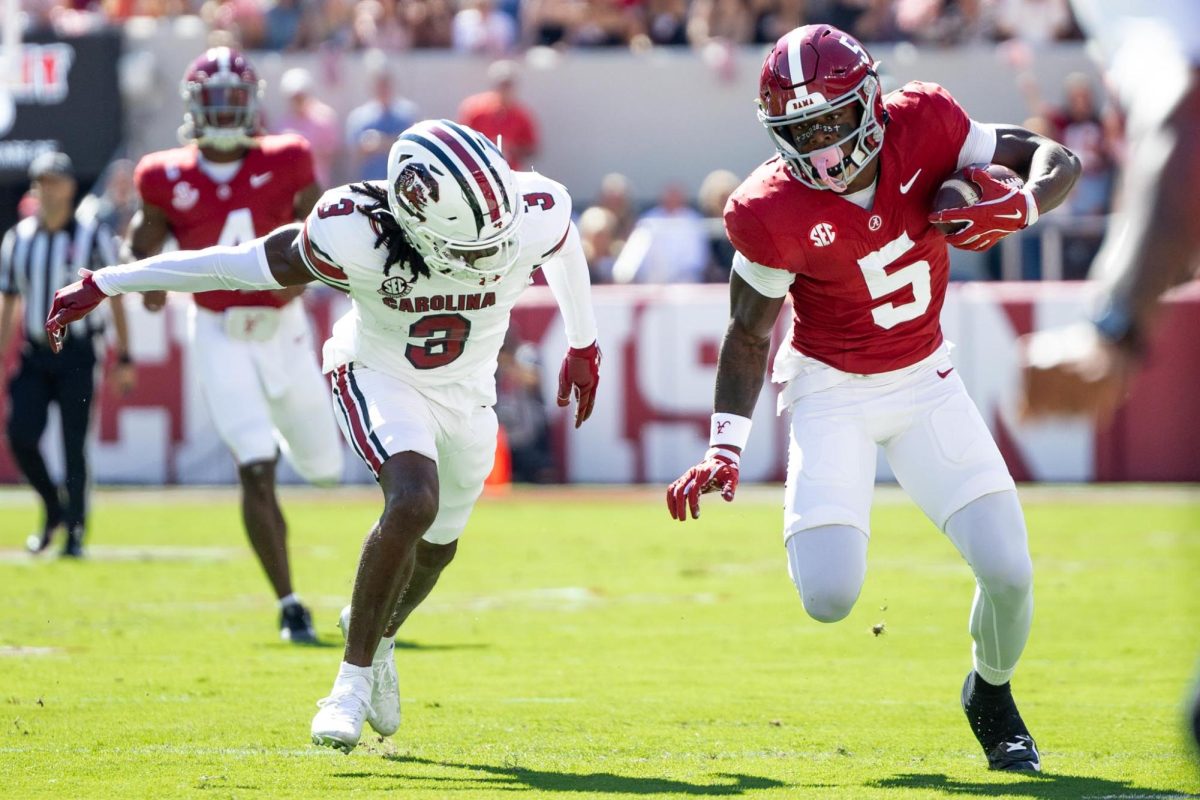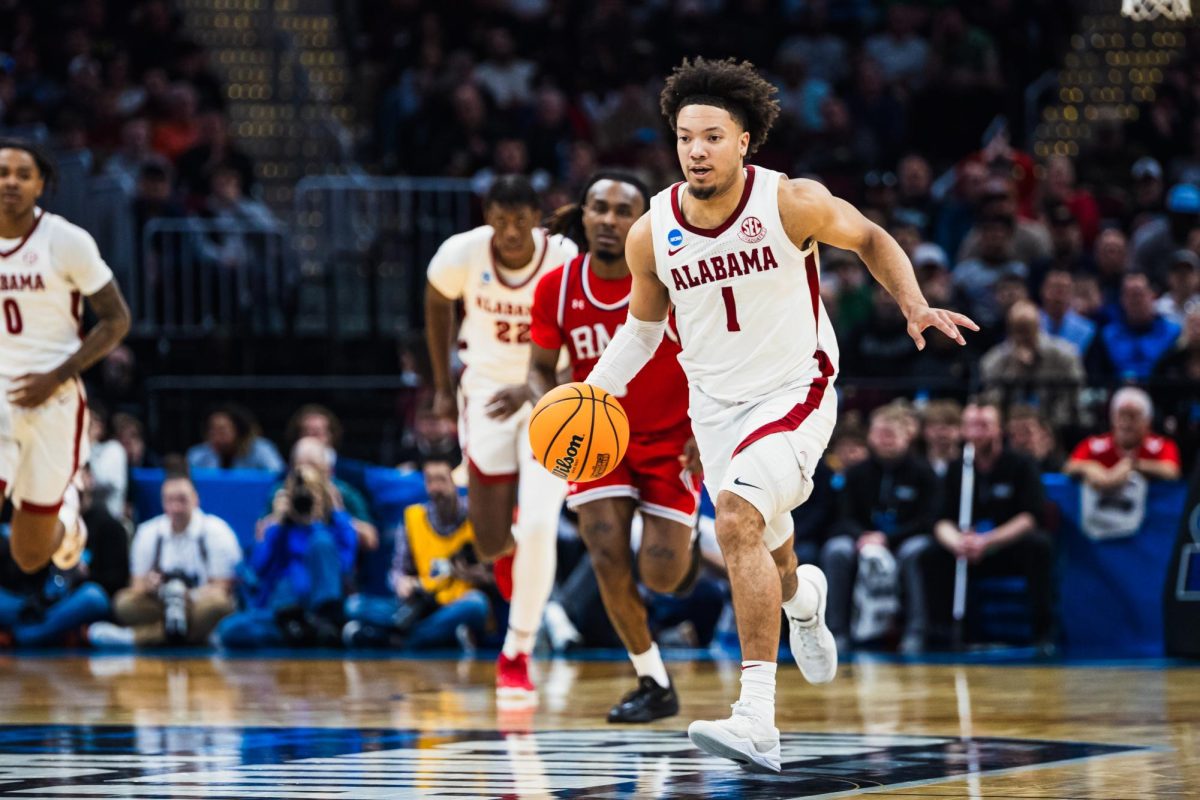For countless students and fans, Saturdays in the fall at The University of Alabama consist of cheering on the football team and watching Big Al on the sidelines. However, the beloved mascot was not always such a welcome sight.
The figurehead currently boasts over 118,000 followers across various social media platforms with fans even letting the elephant crowd surf after an Alabama basketball win.
Former Big Al, Trey Dickey, talked to Fanbuzz about crowd surfing as Big Al.
“It’s fun,” Dickey said. “Crowd surfing is kind of a five minute lay-down-catch-your-breath situation. Since you see out of the corner of your eyes the way they push you up you can see yourself on the screen.”
In the 1940s Alabama began to feature only the elephant mascot, but before the elephant came several different “mascots.” This included a bulldog and sometimes a donkey, according to AL.com.
According to Alabama Athletics, the idea for an elephant came from sports writer Everett Strupper when he wrote about the Alabama vs. Ole Miss game in 1930.
“At the end of the quarter, the earth started to tremble, there was a distant rumble that continued to grow,” Strupper wrote. “Some excited fan in the stands bellowed, ‘Hold your horses, the elephants are coming,’ and out stamped this Alabama varsity.”
After having unofficially adopted the elephant as its mascot, Alabama acquired a live elephant.
The elephant was named Alamite, and it was later followed by Alamite the Second. The live zoo animal served a significant role among the student body.
Alamite’s “job” was most important on the day Homecoming fell. Whoever was crowned Homecoming queen would ride into Bryant-Denny Stadium, then named Denny Stadium, on Alamite’s back.
However, having an elephant mascot was not always the answer for Alabama. Frank Thomas, then athletic director, told The Crimson White in the 1950s that elephants were “associated with a heavy, cumbersome team.”
Even though Thomas did not want an elephant mascot, the students’ desire to keep one won out.
A big year for the development of Big Al was1959 when a campus club called “The Jasons” purchased a baby elephant “straight from the jungle,” according to a February 1959 Crimson White article. The elephant was 4 years old and did not have a name.
The plan for the baby elephant was to keep him at the Birmingham or Memphis zoo and then bring him to campus for the home football games.
In 1980, the first official Big Al costume was worn, according to UA News. Even though the elephant was unofficially declared in the 1930s, the mascot was not officially named until 1979. A few elephant costumes were seen on the sidelines at football games in the 1960s, but they never stayed as mascots.
Then-head coach Paul “Bear” Bryant told Melford Espey, the first Big Al, “never to let that big rat get anywhere near me.” The costume Bryant was referring to was a prototype for the first official Big Al costume, consisting of a fiberglass elephant head and a wool suit.
The first official appearance of Big Al was at the 1980 Sugar Bowl, when the Crimson Tide played Arkansas.
Big Al was a long time in the making after several years of resistance from Bryant. In the late 1970s he finally agreed to having a mascot, and Disney was then commissioned to make the elephant costume.
Between the present day Big Al and the original Big Al, there have been several different suits. In the 1980’s Big Al was seen with smaller ears and they were not super floppy. It wasn’t until 1992 that Big Al stayed very uniform for about 25 years.
The Big Al suit in 1992 featured blue eyes, eye black, and a white “A” on his jersey. The Big Al suit that is still present today was first seen in the early 2000s.
Ever since Bryant agreed to having a mascot, Big Al has become a beloved mascot who can be seen around the campus. The spots where he is most commonly seen are Saturday night home football games, on a golf cart around campus, and at other athletic events.




